Beekeeping
Some of the titles and offices referenced in these publications reflect the structure of our organization at the time of publication. As of May 30, 2025, the Office of Multicultural Programs and related DEI offices have been sunset per university policy.
- Social Bees and Wasps (Web |
 )
)
- Protecting Honey Bees from Pesticides (Web |
 )
)
- Solitary Bees and Wasps: Carpenter Bee, Cicada Killer, and Mud Daubers (Web |
 )
)
- What Beekeepers Should Know About Bee Mites (Web |
 )
)
- How To Minimize Pesticide Risks to Honey Bees (Web |
 )
)
- Methods of Introducing Queens (Web |
 )
)
- Manual I: Understanding the Honey Bee

- Manual II: Working with Honey Bees

- Manual III: Advanced Beekeeping Methods

- Protecting Pollinators in Home Lawns and Landscapes (Web |
 )
)
- Protecting Pollinators in Fruit and Vegetable Production (Web |
 )
)
- Protecting Pollinators Tips for Commercial Agricultural Pesticide Applicators (Web |
 )
)
- Protecting Pollinators in Agronomic Crop Production (Web |
 )
)
- Best Management Practices for Indiana Pollinator Habitat (Web |
 )
)
- Recommended Indiana-Native Plants for Attracting Pollinators (Web |
 )
)
- Why Should We Care About Pollinators? (Web |
 )
)
- Biology and Control of Varroa Mites in Bee Hives (Web |
 )
)
- The Complex Life of the Honey Bee (
 )
)
- The Complex Life of the Honey Bee - Spanish Version (
 )
)
- 2020 Indiana Solar Site Pollinator Habitat Planning Scorecard (
 )
)
- Protecting Honey Bees from Area-wide Insecticide Applications (Web |
 )
)
- Identifying Wild Bees As Pollinators of Indiana’s Specialty Crops (Web |
 )
)
- Level 1: Learning About Beekeeping (
 )
)
- Level 2: Working with Honey Bees (
 )
)
- Level 3: Advanced Beekeeping (
 )
)
- Beekeeping Facilitator's Guide (
 )
)
- PUBLICATIONS
- 4-H AND YOUTH
- BEEKEEPING
- EXOTIC INVASIVE PESTS
- FIELD CROP INSECTS
- FRUIT INSECTS
- HOUSEHOLD AND STRUCTURAL INSECTS
- LANDSCAPE AND ORNAMENTAL INSECTS
- NEMATOLOGY
- POLLINATOR PROTECTION
- PUBLIC HEALTH
- SPECIALTY CROPS
- STORED PRODUCT PESTS
- TURFGRASS INSECTS
- URBAN AGRICULTURE
- VEGETABLE INSECTS
- WILDLIFE CONFLICTS MANAGEMENT
- COMPLETE LISTING OF ENTOMOLOGY PUBLICATIONS


